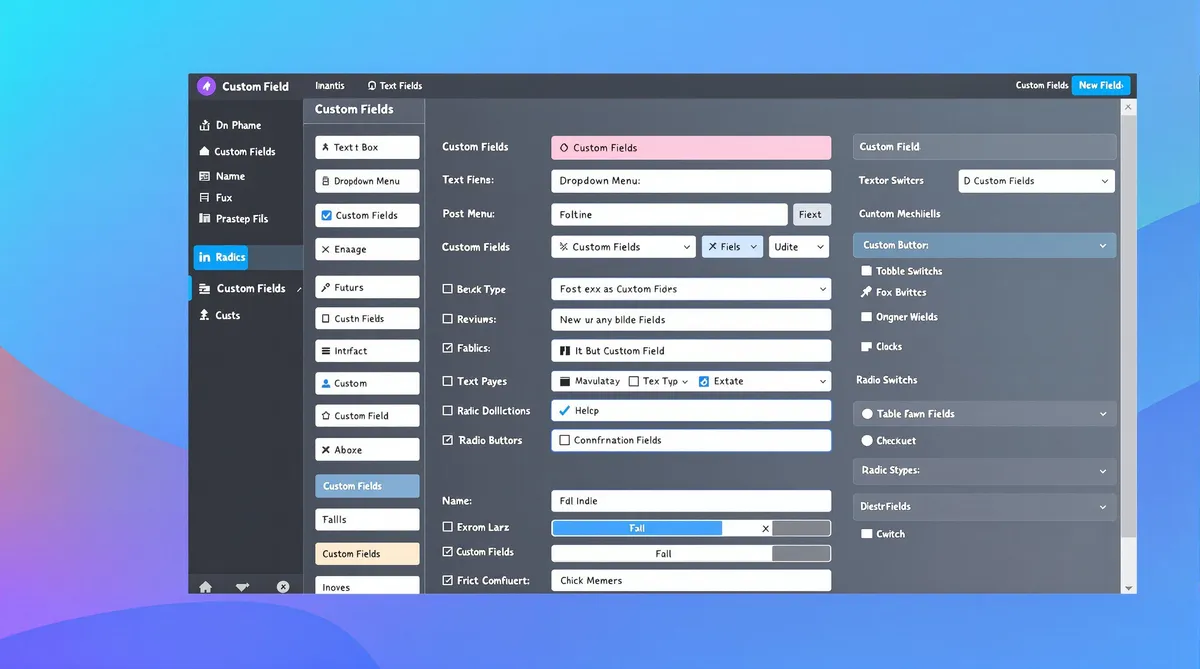Custom Fields

The present article aims to provide a comprehensive understanding of custom fields in WordPress, an intricate feature that enhances the functionality and customization options of websites.
Custom fields, a form of metadata, serve to store additional information about a post or page beyond its primary content.
Although concealed by default, custom fields can be easily revealed and managed through the post edit screen.
This article will explore the definition, purpose, and management of custom fields, shedding light on their significance in augmenting website capabilities and optimizing post-related data.
TL;DR
Hide- Custom fields in WordPress are used to add additional information to a post or page.
- They are commonly used by plugins and themes to store important data.
- Custom fields can store and display custom data on a website.
- Custom fields are hidden by default in WordPress but can be made visible and edited once enabled.
WordPress Custom Fields: The Definition and Purpose of Custom Fields
The purpose of custom fields in WordPress is to provide a means for adding supplementary information to posts or pages, often utilized by plugins and themes to store significant data.
Custom fields offer a range of uses and benefits.
Firstly, they enable developers to add new features to WordPress by storing custom data.
This allows for greater flexibility and customization of websites.
Additionally, custom fields can be used to store SEO metadata, such as keywords and descriptions, which is crucial for optimizing search engine rankings.
Furthermore, custom fields can be used to rate products, record mood, or add additional information to comments on a post.
This enhances the user experience and provides a more interactive and informative website.
Ultimately, the use of custom fields in WordPress offers immense benefits in terms of functionality, customization, and user engagement.
Understanding Metadata and Custom Fields
Metadata is a form of data that provides additional information about a post in WordPress.
It includes details such as the title, author, and publication date.
Custom fields, on the other hand, are a type of metadata that offer further information about the post beyond what is contained within the post itself.
Custom fields are an advanced WordPress feature that can be used to store and display custom data on a website.
They are commonly used by themes and plugins to enhance functionality and add new features.
For instance, custom fields can store SEO metadata, allowing site owners to optimize their content for search engines.
Understanding metadata and custom fields is crucial for leveraging advanced WordPress features and functionality, ultimately empowering users to create more robust and optimized websites.
Visibility and Management of Custom Fields
Visibility and management of custom fields can be easily adjusted in WordPress by following a few simple steps.
Custom field visibility is initially set to hidden in WordPress, but can be made visible with just two clicks from the post edit screen.
The WordPress core development team decided to hide custom fields by default, as they are considered an advanced feature.
However, once made visible, custom fields can be accessed and edited as needed.
Best practices for managing custom fields include properly naming and organizing them, as well as regularly reviewing and updating their values.
It is important to ensure that custom fields are used effectively and efficiently to enhance the functionality and user experience of a WordPress website.
